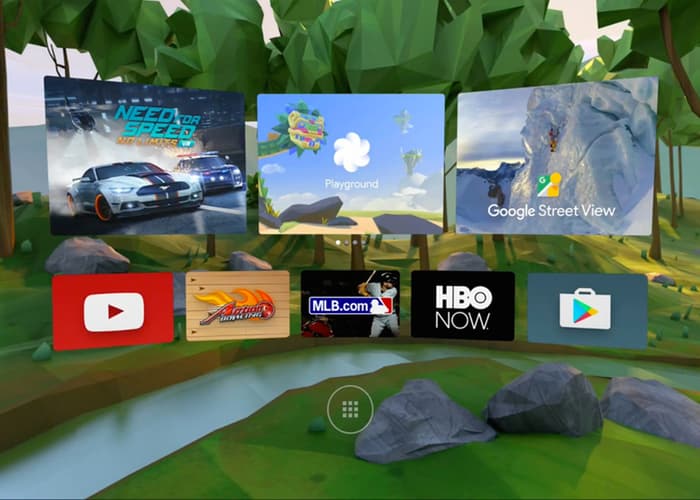Google hopes to quickly make its virtual reality platform Daydream a mass-market product. “Our intention is to operate at Android scale, meaning hundreds of millions of users,” senior product manager Brahim Elbouchikhi said at a session on monetizing Daydream apps at the Google I/O developers conference.

“In a couple of years, we will have hundreds of millions of users on Daydream devices.” And in order to keep those users entertained, Google wants app developers to build experiences that are long, highly interactive, and devoid of “freemium” mechanics that could break users’ concentration.
Daydream was first announced yesterday, and Google launched a site for virtual reality developers this morning, so they can get started before the first Daydream-ready phones start rolling out this fall. The site covers creators of games and apps for both Daydream and Cardboard, the low-end VR platform that Google currently operates.
But based on messaging at I/O, the overlap between those categories could be minimal. “Cardboard apps were about fun, snackable, short experiences, largely non-interactive,” said Elbouchikhi. “Daydream apps are quite the opposite. They’re about immersive content, longform, highly interactive.” He cited research that suggested mobile VR users favor once-a-day sessions of 30 minutes or longer, in the comfort of their home — “nobody is wearing these headsets in the street, FYI.”
“You’re not going to want to have free-to-play mechanics.”
Elbouchikhi called out some of the bad habits that VR content can slip into, like substituting novelty for real interactivity or substance. “It’s easy and tempting to say ‘Oh, I’m just going to drop someone somewhere amazing,” he said.
“That is a great experience for 30 seconds. And then as soon as you achieve presence, you say, what do I want to do?” He also cautioned against adopting some strategies that have worked outside VR, like making users stop an experience to pay for microtransactions. “You’re not going to want to have free-to-play mechanics, energy mechanics, time based mechanics. it’s not going to work,” he said. The Play Store will support in-app purchases, but he suggested that developers use this to offer a demo version of experiences for free, then let interested players buy full access once they’re inside.
In Daydream, interactivity also means using the included motion-control remote, which all developers will be required to do. Google wants to do away with the standard method of interacting with Cardboard apps: staring at an option and selecting it by waiting or clicking a button. Instead, developers should treat the remote like a laser pointer, taking advantage of its internal sensors. “If you’re bringing an app over from Cardboard, just using the controller as a clicker does not count as taking advantage of the controller,” said VR design team member Alex Faaborg.
The session also impressed on developers that they have a responsibility to welcome people to a new medium, both by creating high-quality work and by helping ease them into the language of VR with things like experience intensity ratings. Among other things, developers should avoid, say, promising a relaxing beach experience and then attacking users with zombies, said Faaborg. “We don’t want blatant surprises.”













